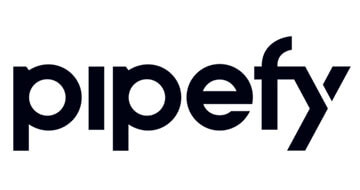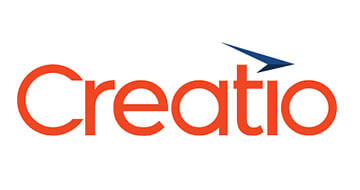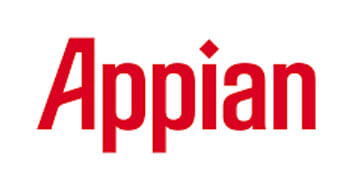
| Starting price | US$ 9 |
|---|---|
| Pricing model | Pay Per App |
| Free Trial | Yes |
| Free Version | No |
Development software is an essential part of building applications and systems, giving programmers and engineers tools to streamline their workflows and improve code quality. If you want to increase development efficiency and get products to market faster, the perfect software can make all the difference.
At SaasGenius, our goal is to help you choose the best value development software based on your specific development goals and needs.

| Starting price | US$ 9 |
|---|---|
| Pricing model | Pay Per App |
| Free Trial | Yes |
| Free Version | No |

| Starting price | $49/month |
|---|---|
| Pricing model | Subscriber based |
| Free Trial | Yes |
| Free Version | No |

| Starting price | $1000/mo |
|---|---|
| Pricing model | Per User (storage space) |
| Free Trial | 14-day |
| Free Version | No |

| Starting price | $18/mo |
|---|---|
| Pricing model | Per User |
| Free Trial | No |
| Free Version | Yes |

| Starting price | $29/mo |
|---|---|
| Pricing model | Per application |
| Free Trial | No |
| Free Version | Yes |

| Starting price | $25/mo |
|---|---|
| Pricing model | Per User |
| Free Trial | 14-day |
| Free Version | No |

| Starting price | $52.99/mo |
|---|---|
| Pricing model | Per User |
| Free Trial | 30-day |
| Free Version | No |

| Starting price | Quote only |
|---|---|
| Pricing model | Quotation based |
| Free Trial | 14-day |
| Free Version | Yes |

| Starting price | $12/mo |
|---|---|
| Pricing model | Per User |
| Free Trial | 14-day |
| Free Version | Yes |

| Starting price | Free |
|---|---|
| Pricing model | Free |
| Free Trial | Free |
| Free Version | Open Source |
Development software refers to tools that help developers write, test, and debug code, including integrated development environments (IDEs), debuggers, and version control systems. It’s used by individual developers, coding teams, and large technology companies to speed product development and improve the quality of results.
Whether you’re developing a mobile app, desktop software, or an enterprise-wide system, the right development software can ease the process and help you create robust and reliable products.
At SaasGenius, we provide unbiased reviews of various software vendors to help you choose the best development software for your needs. Our Genius Score, a comprehensive metric that ranges from 0 to 100, is calculated based on four key criteria: Price, Ease of Use, Features, and Support.
By combining external reviews with the ratings of our own testing team, the Genius Score provides a reliable benchmark for your decision. Use our ratings to find the development software that delivers the most value for your investment.